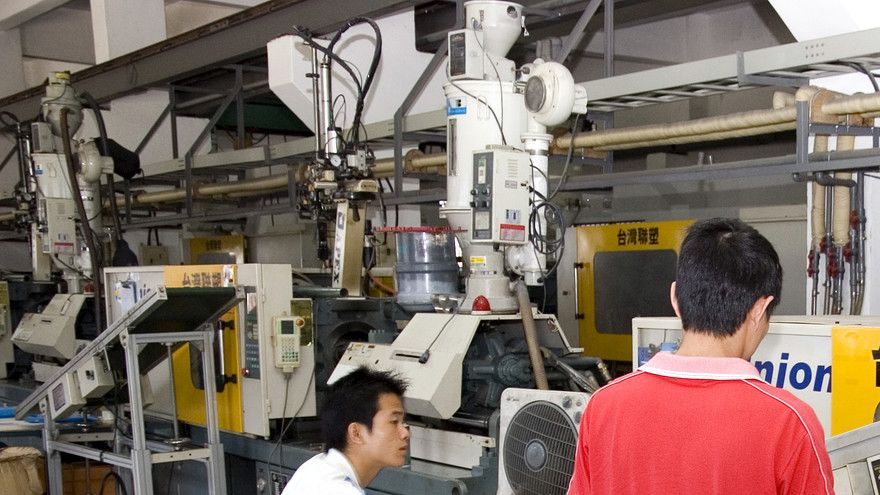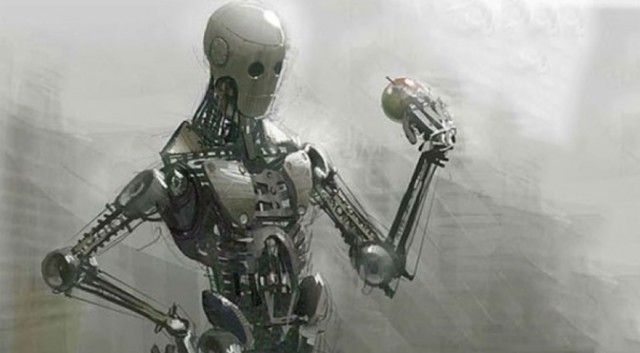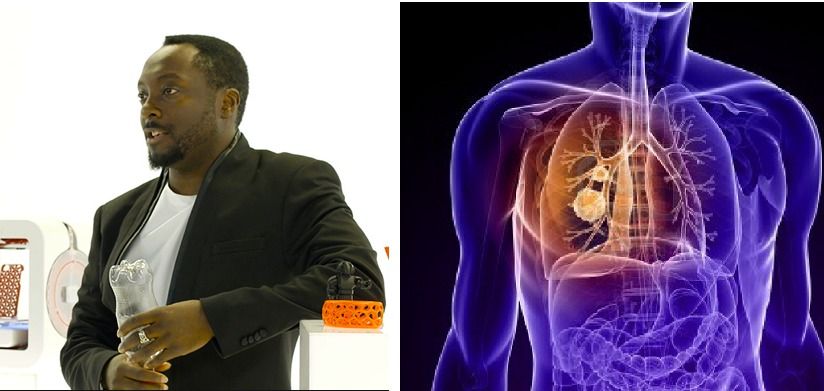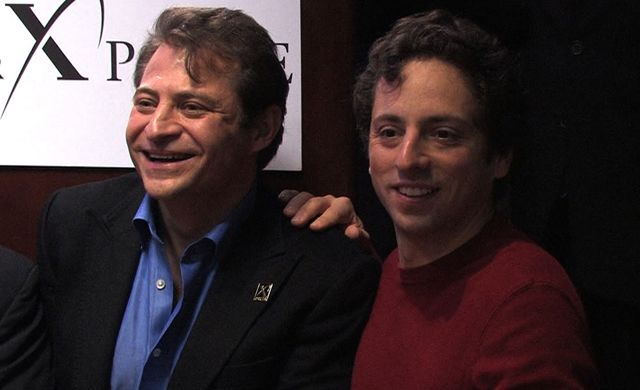By LiXuena, WangXinci ‚ZhangBoling — MarketWatch

Every day, two quality-control supervisors monitor four robots tirelessly assembling remote-control devices for home appliances at a Midea Group 000333, +1.04% factory in Foshan, in the southern Chinese province of Guangdong.
The robots recently replaced 14 workers on the plant’s assembly line for remote controls. And soon, according to Midea’s home-air-conditioner division deputy general manager Wu Shoubao, more robots will arrive to replace the quality-control supervisors.
Read more






